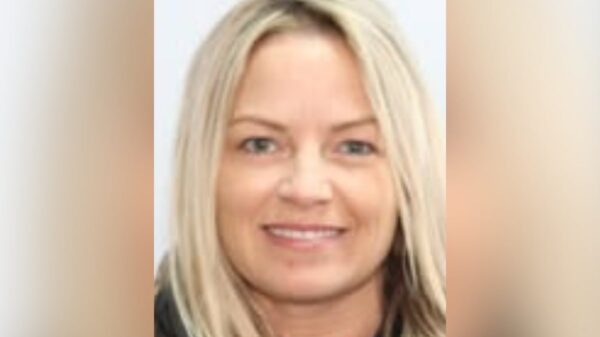A newly established set of dermoscopy proficiency standards for physician assistants (PAs) was introduced during the 2025 Society of Dermatology Physician Associates (SDPA) Fall Conference in San Antonio, Texas. The initiative, highlighted in the poster titled “Expert consensus recommendations on dermoscopy proficiency standards for physician assistants: results of a modified Delphi survey,” aims to address the existing gap in dermatological education as PAs increasingly play a vital role in skin cancer detection and management.
Led by Peter A. Young, MPAS, PA-C, the report emphasizes the importance of dermoscopy in accurately assessing pigmented lesions. As melanoma and non-melanoma skin cancer rates rise, dermoscopy is becoming an essential skill for clinicians in both dermatology and primary care. Despite the growing involvement of PAs in these areas, there has been no formal consensus on learning objectives specific to dermoscopy for their practices.
Young and his team gathered 14 experienced dermoscopists for the consensus panel, which included eight dermatologists and six PAs who have previously engaged in setting benchmarks for dermoscopic competencies. Notably, 86% of the participants reported over 12 years of experience using dermoscopy, with an average of 15.5 years in practice.
To formulate these standards, the panel utilized a modified Delphi process, which combined two rounds of electronic surveys with a facilitated roundtable discussion. Panelists assessed dermoscopic expectations across 54 different diagnoses, determining which conditions represent essential knowledge for early-career PAs in primary care versus those in dermatology.
By the conclusion of the second survey round, the panel achieved consensus on 39 of the 54 diagnoses, equating to 72%. These conditions were designated as appropriate for inclusion in educational materials aimed at PAs. The remaining 28% were categorized as lower priority and not deemed essential for beginners.
Ultimately, the expert panel endorsed a total of 14 key conditions for PAs in primary care and 25 for those working in dermatology. The distinction highlights the greater complexity of diagnoses expected in specialist settings. The findings reflect a significant interest in dermoscopy among PAs, with previous national data indicating that 77% of practicing PAs across various fields support the need for standardized, formal instruction in dermoscopy.
Although dermatology-focused PA certification already includes dermoscopic training, Young and his colleagues noted the absence of clear guidelines for educators and supervising physicians regarding which specific diagnoses signify meaningful proficiency for newcomers. The consensus report aims to address this void, providing a framework that could enhance diagnostic accuracy and improve collaboration among healthcare teams.
As PAs increasingly take on responsibilities involving patients with suspicious skin lesions, the adoption of shared dermoscopy training priorities may lead to better patient outcomes. The expert consensus generated through this initiative is expected to serve as a valuable resource for professional organizations, training programs, and supervising dermatologists, ultimately fostering improved competence among PA trainees and early-career clinicians.






































































